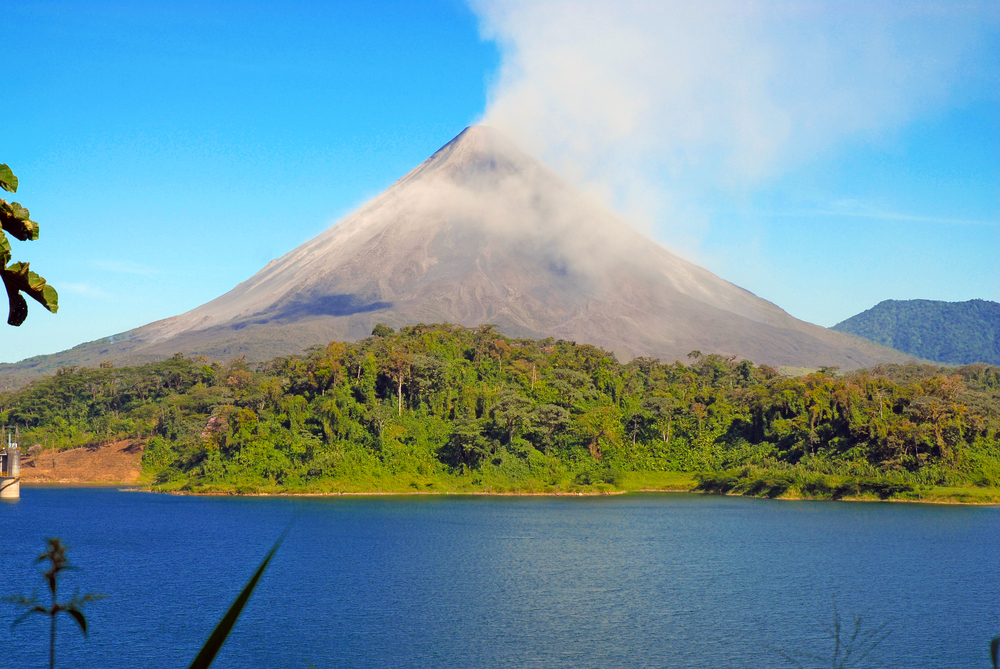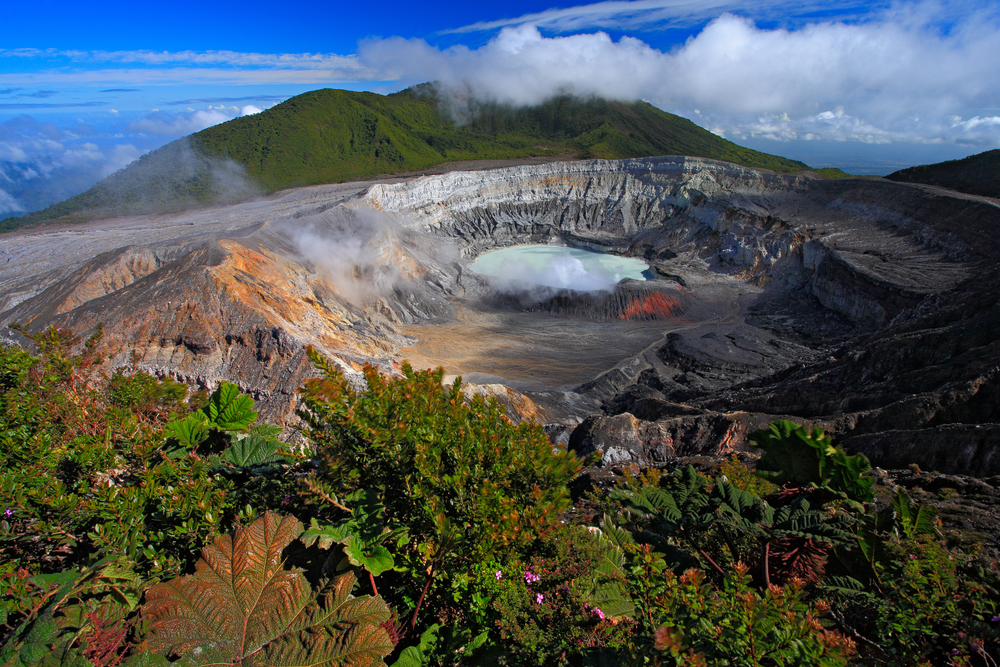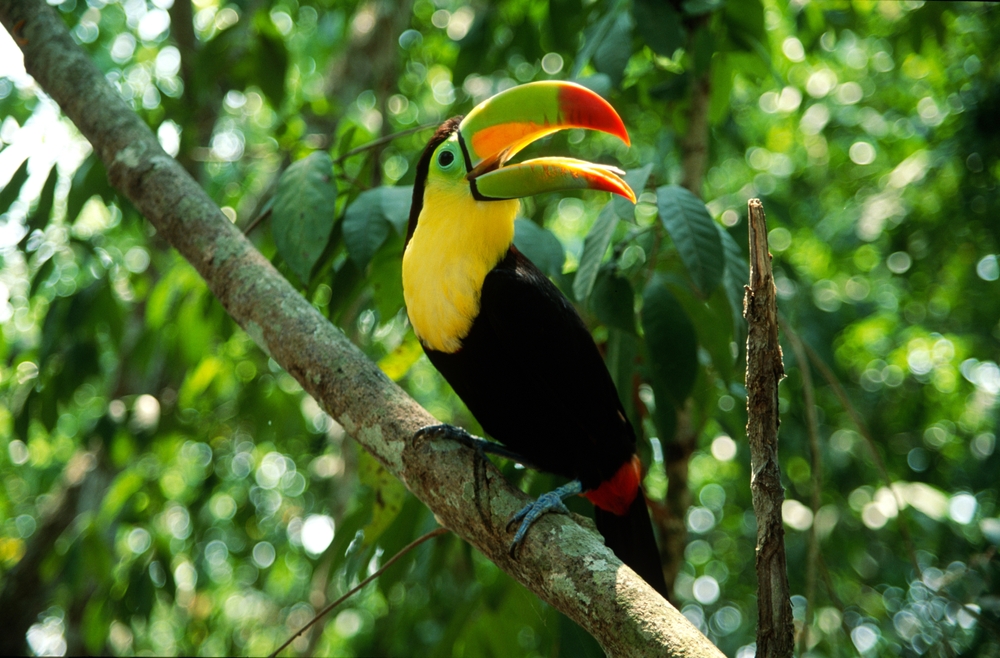Tapantí Overview
Tapantí National Park, locally known as Parque Nacional Tapantí, is a celebrated natural reserve in Costa Rica that spans approximately 29 square miles (75 square kilometers).
Nestled in the province of Cartago, this park forms part of a rugged highland region that blends misty cloud forests with dramatic geological features. The park’s name is often confused with other regional titles, but its correct designation emphasizes its rich natural heritage and the protective measures that ensure its preservation.
The terrain of Tapantí National Park is a captivating mix of steep slopes, ancient rock formations, and gently rolling valleys that disappear into a veil of clouds. Visitors find themselves surrounded by a landscape where hidden waterfalls tumble over granite outcrops and meandering streams weave through dense groves of towering trees.
A series of small cascades create natural amphitheaters that invite quiet reflection and a deep connection with nature. This varied topography not only defines the park’s character but also shapes the microclimates that nurture its diverse ecosystems.
The vegetation in the park is equally remarkable, with the cloud forest serving as a living mosaic of ferns, orchids, and moss-covered trees. Endemic plant species flourish in the cool, moist atmosphere, their delicate blooms and vibrant colors adding to the ethereal quality of the forest.
Epiphytes cling to ancient branches, while patches of wildflowers emerge in sunlit clearings. This botanical diversity creates a dynamic, interwoven habitat where light and shadow dance across the forest floor, supporting a multitude of life forms that are both rare and resilient.
Wildlife abounds within Tapantí National Park, offering nature enthusiasts a glimpse into a thriving ecosystem. Agile mammals such as howler monkeys and capuchin monkeys are frequent inhabitants, while smaller creatures like agoutis and various bat species make their home among the trees.
Birdwatchers can delight in the sight of scarlet tanagers, trogons, and other tropical birds whose vibrant plumage contrasts beautifully with the lush greenery. Occasional sightings of elusive wild cats and reptiles add an element of mystery, underscoring the park’s status as a biodiversity hotspot and a sanctuary for endangered species.
Visitors to the park enjoy a range of engaging activities that showcase its natural splendor. Well-marked hiking trails wind through the forest, leading adventurers to scenic vistas and secluded spots where the gentle roar of waterfalls provides a soothing backdrop.
Guided eco-tours, birdwatching excursions, and nature photography sessions are among the favored ways to experience the park’s wonders. Educational programs further enrich the visit by explaining the ecological significance of the area and the ongoing efforts to protect its fragile environment.
Tapantí National Park faces conservation challenges such as habitat fragmentation and the pressures of climate change on its cloud forest ecosystem. Nevertheless, effective management and community-based initiatives have spurred significant successes in reforestation and sustainable tourism.
Local authorities, conservationists, and indigenous groups work together to preserve traditional practices and enhance environmental stewardship. These efforts have not only safeguarded critical habitats but have also fostered a deep appreciation for the park among residents and visitors alike.


















































































